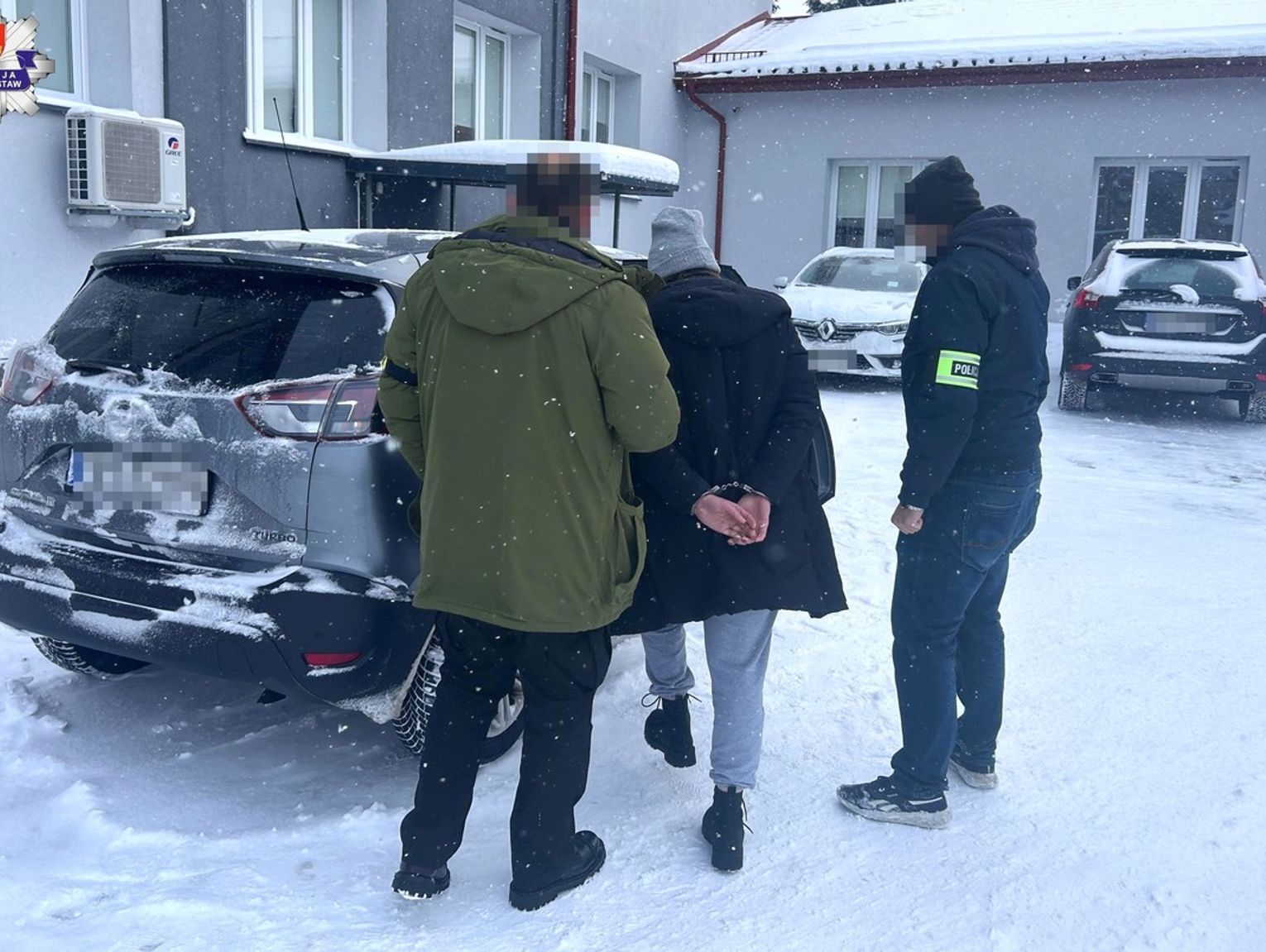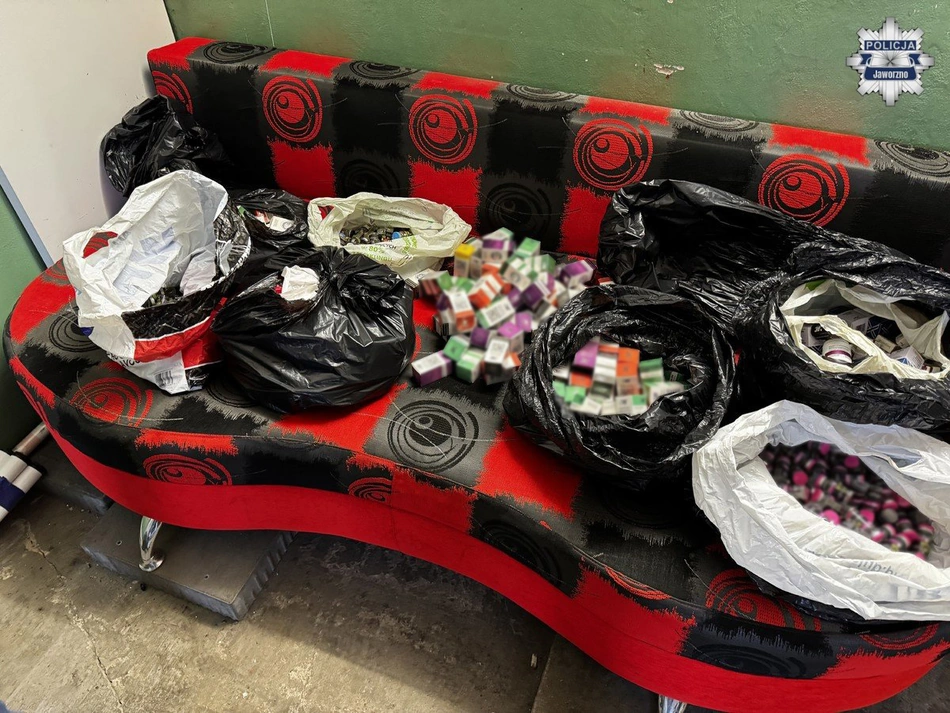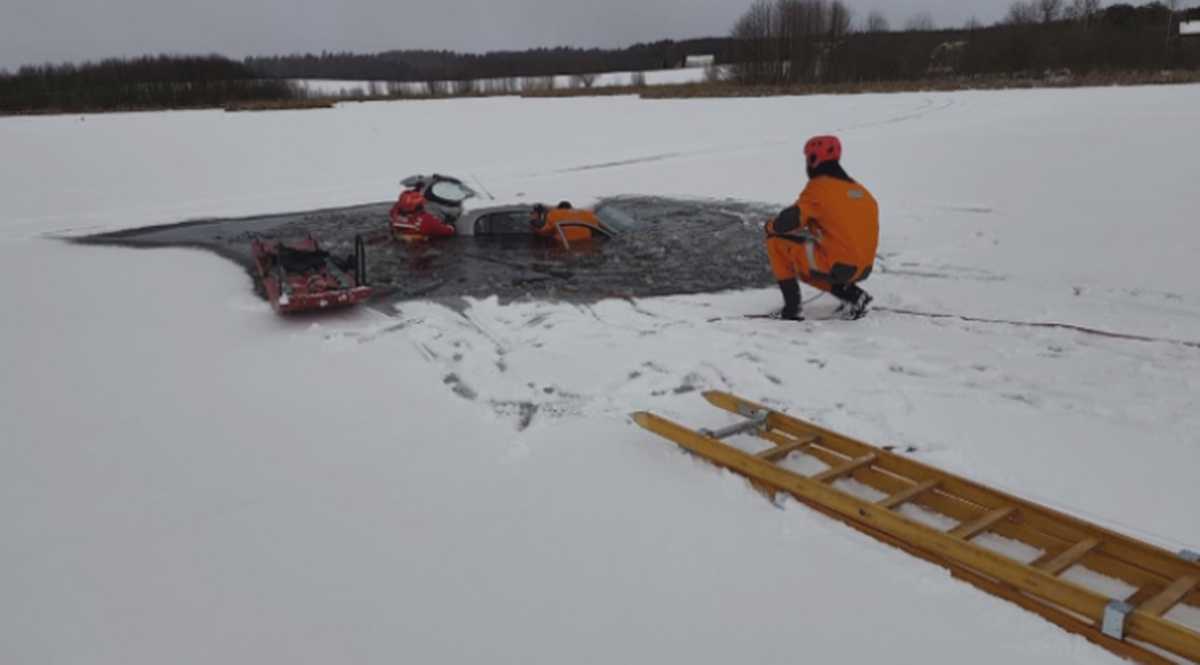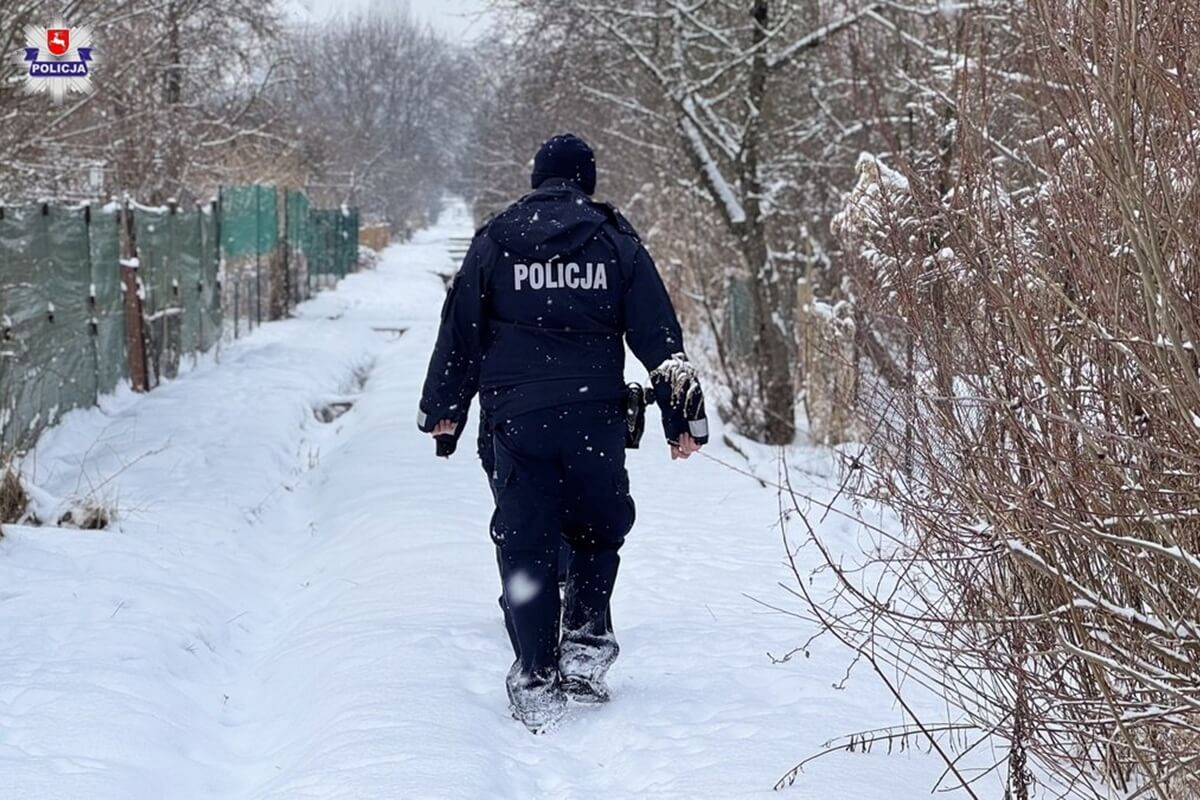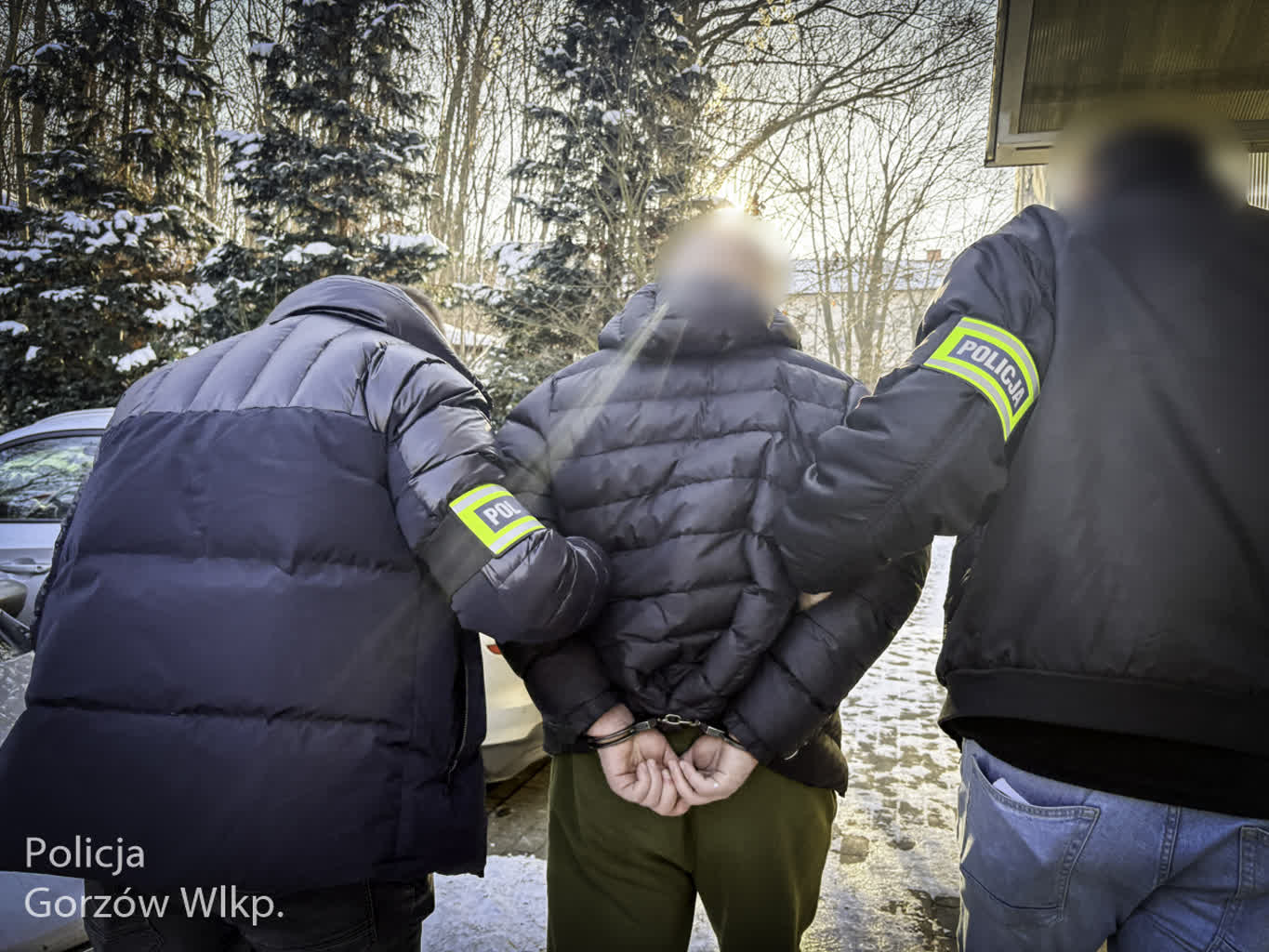
In Pionki (Mazowieckie) After intense rains, a situation has occurred, which is simply a informing for drivers – flooded streets under the viaduct. The footage from the scene shows cars standing in deep water. Rescuers and Services call for reasonableness and avoidance of specified places, emphasizing the risks of driving at advanced depth. The article discusses the weather context, service activities and the possible consequences of accidents related to flooded road infrastructure.
Weather background – dense rainfall and IMGW alerts
On 27 July 2025 over confederate and central Poland, there have been violent rains, connected with the Genuese low. The Institute of Meteorology and Water Management (IMGW) warned against average and strong point rains reaching locally 60-100 mmand even 120 mm per square metre.
IMGW indicated that this is the amount of rain typical of the period 1 to 2 months. The dirt was already saturated, which increased the hazard of flooding and fast spread of water across urbanized areas.
In the village Pionki (Mazowieckie) The roads under the viaduct were flooded and the vehicles were again in deep water. Recordings published, among others, by local services paper vehicles standing in the water and a safety appeal by the services.
The fire brigade and another services' communications clearly point out: do not enter possibly flooded roads, especially under the overpass.
Pawns, Mazovia. Service is working. pic.twitter.com/BWez7L1gFZ
— Remiza.pl (@remizacompl) July 27, 2025
Service consequence – intervention and military support
Until 1 h 15:00 27 July State Fire Department intervened. 183 times around the country due to rain. The most reports came from voivodships: subcarpathian, opolskie and Mazoviawhere about 52, 52 and 16 interventions.
Actions included mainly pumping water from flooded streets, cellars and property and the removal of fallen trees.
As a consequence of the gathering of the Government Crisis Management Group, it was decided to establish Military Task Groups “Brzeg” and “Low”, with the participation of WOT soldiers, operational troops and Armed Forces Support Inspectorate, who monitor the situation and stay on alert.
Potential consequences – risks to drivers and infrastructure
The entry into deep water threatens:
- immobilisation of the vehicle,
- engine failure (e.g. hydrolysis or flooding),
- loss of control of the vehicle, especially at tilts and pits.
Service suggestions about leaving the car in the pit of the road may lead to serious financial losses and risks to drivers if they are later imprisoned or require evacuation.
From the point of view of road safety, flooded roads require immediate hazard assessment and possible section closure by crisis management services.
Expert opinions and a call for reasonableness
Photos and recordings on social media confirm the full scale of events. Emergency services from Pioneer send a clear message: ‘avoid driving in deep water’.
Social comments besides appear critical voices in the absence of infrastructure After last year's flood. This proves that deficiency of preparation can exacerbate the effects of subsequent precipitation.
As an analyst with experience in weather hazard testing, I stress: Prevention, drainage infrastructure and effective communication of services are crucialto minimize the effects of utmost weather events.
Conclusions and recommendations
- Safety of driver behaviour: Avoid entering places that may be flooded — especially under viaducts, in the pits of roads, in the absence of information about the depth of the water.
- Monitoring of road infrastructure: low-lying roads and elements specified as crossing under overpasses require assessment after intense rainfall and possible temporary informing signs.
- Emergency and crisis management services: fire brigade activities and military support show a coordinated consequence of the institution, which should be maintained and developed.
- Long-term activities of local governments and central authorities: erstwhile examining erstwhile experience (e.g. last year's flood), investment in drainage and retention systems is needed.
- Preventive communication: erstwhile warnings, clear recommendations and transparency of actions importantly enhance the public's ability to respond to emergency situations.
July 27, 2025 In Pionka (Mazowieckie) there has been a clear indication of the scale of the threat they pose heavy rain. Flooded roads under the overpass and sunk vehicles are a visible informing against ignoring deep water as a risky environment. Service intervened hundreds of times, incorporated military support, called for reason. This situation confirms that effective protection against utmost weather requires merger of prevention, infrastructure and civic responsibility.
Read more:
Danger in Pionki: flooded street under viaduct – appeal to drivers









